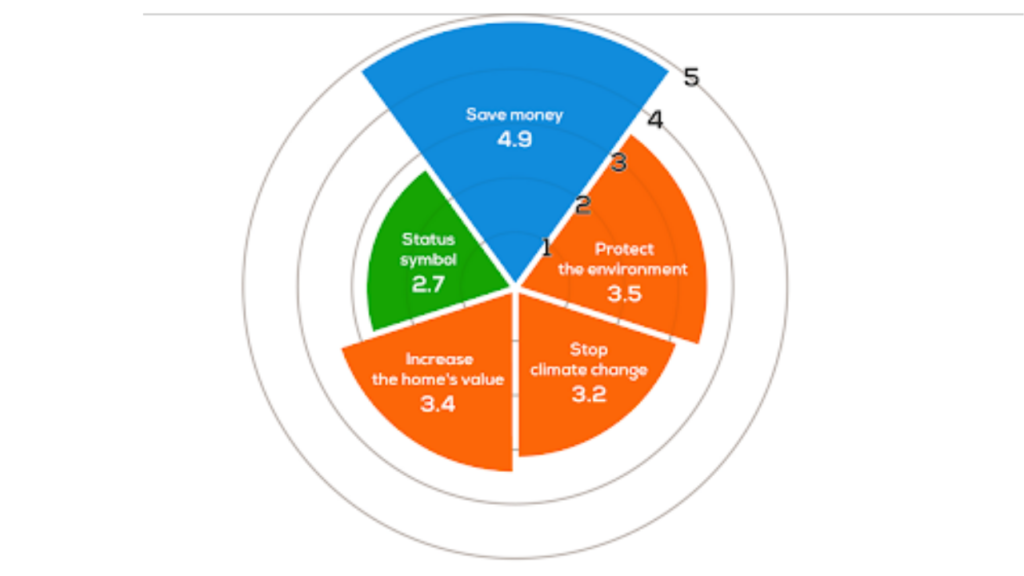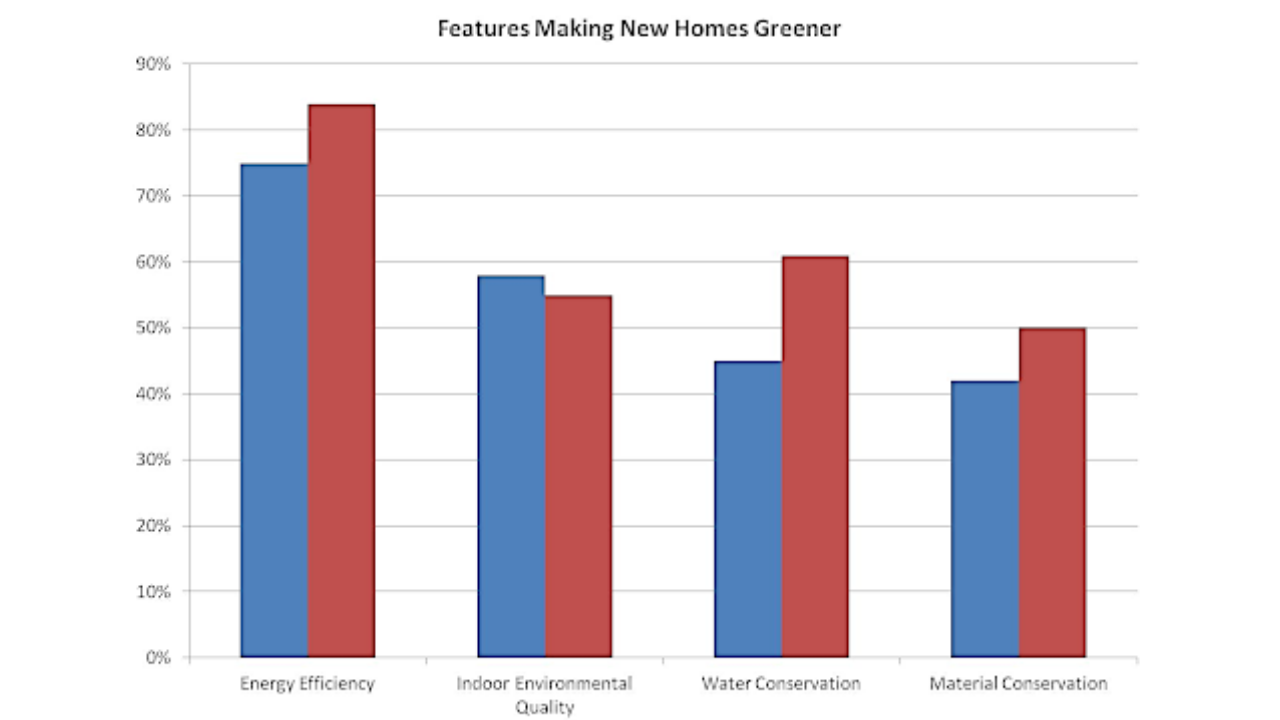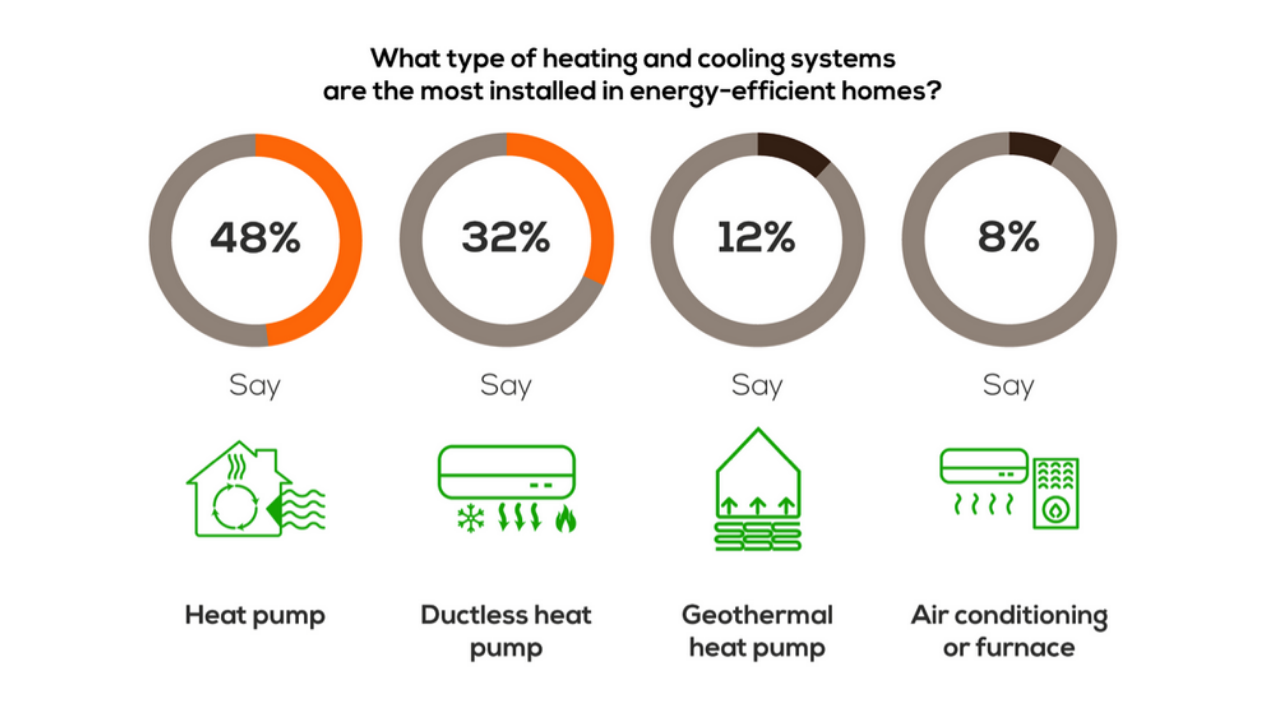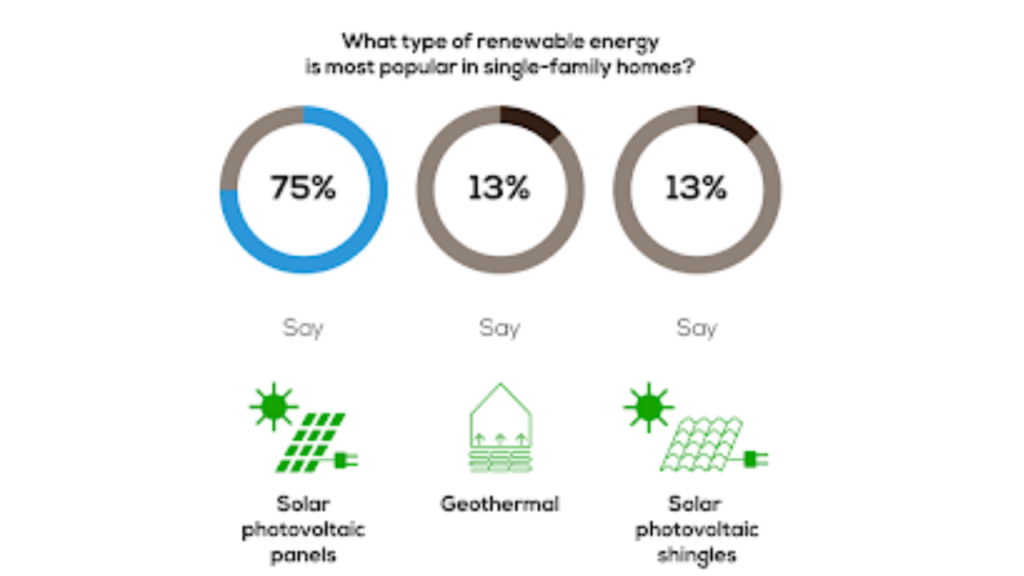Resource-efficient home simply means having a lifestyle that is better for the environment. It’s all about taking small steps towards our planet to make this earth a better place for our communities and generations to come. Since the mid-twentieth century, several things have changed. It takes, at times, ominous signs and cataclysmic events to remind us that human existence is at the mercy of nature.
Many events like climate change, global warming, floods in one part of the world and prolonged periods of drought in another. The melting of the ice caps, the depletion of fossil fuel and the sharp rise in energy costs, and the depletion of many natural resources and minerals that were once abundant are some of these aspects. The more that we all do our part, the faster we will create an entire ecology of living that promotes sustainability.
The term “resource-efficient home” has become synonymous with a search for a new mindset. Peoples and society should consume only what is needed and minimize their environmental footprint.
Resource-efficient home
Resource-efficient home is a method of constructing houses and buildings which uses environmentally friendly techniques while creating a sustainable and energy-efficient final product. The advantages are many, including long-term savings and numerous benefits for the homeowners.It gives homeowners an active role in protecting against climate changes and preserving natural resources for future generations. Also, Resource-efficient home is a green construction that protects the environment by reducing greenhouse gases.
It reduces operating costs and hedges against the future costs of utilities. Resource-efficient houses are built with energy-saving features, heating and cooling loads are lowered by using high-efficiency equipment, higher levels of insulation, reduced air leakage, energy-efficient lighting, passive solar, high-performance windows, thermal mass, day-lighting, integration of renewable energy. Therefore, Greenhouses are more airtight and thermally comfortable.
Also, resource-efficient homes reduce the use of water, reduce noise from the exterior, and provide better daylight and views. Moreover, Green homes will have higher resale value where the value of resource-efficient homes relative to similar conventional homes should increase every time energy cost increases. The reduction of utility costs should translate to higher market value.
Factors that motivate homeowners to make energy-efficient purchases
Today, home buyers and homeowners are motivated to make energy-efficient changes in their houses due to the potential to save money as well as energy. Several people generally aware of a need to protect the environment and stop climate change. Also, there are additional benefits, such as mold-free basement construction, radon-resistant construction, and installing solar shades which allow for passive solar in winter and solar shading in the summer naturally.

The resource-efficient home proves how the latest principles in resource efficiency and waste reduction can be applied in house building. Currently, the resource-efficient home-produced less than five tons of construction waste, with less than one tone going to landfill. As well as facilitating sustainable living for occupants, the design of the home ensures maximum recycling in-use and re-use of construction products at the end of life.
The resource-efficient house is a modular design, consisted of four ‘pods’ which were constructed off-site using a structural insulated panel system to achieve high thermal performance, minimal material waste, and reduced build times. Insulation materials are made from recycled plastic and glass.
As the energy cost continues to rise, several home buyers, today are looking for houses that are going to be easier and less expensive to run long term. It’s important to inform the trends to look for, whether you’re a seller or a buyer. The following trends would help you to better advise sellers and it can allow you to educate buyers on what to look for.

Recent evidence showed that 75% of single-family and 84% of multifamily builders indicated that improved energy efficiency was a factor making their projects greener than two years ago[5].
Of all the different appliances with the Energy Star label, experts indicate that the dryer made the highest change in energy usage when switching to a more efficient model. This is due to their high usage of electricity as central air conditioning [3]. Also, recent evidence showed that the heat pump is the most recommended tool for heating for providing consistent heat and energy savings. Heat pumps extract heat energy from the air outside even in a cold environment and transfer it indoors.

An electric heat pump is 50 % more efficient than other forms of heating tools in homes today.

Daylighting is a principal component of reducing electricity. We should confirm how much natural light a room gets. The living room and kitchen are two spaces that use the most electricity. Also, using LED lights is the best way to save money on electric bills without reducing the amount of usage.

Several studies showed that solar panels are by far the most popular method when searching for a renewable energy tool.
Government rules for energy-efficient construction
The government ease the process and adopt new codes for resource efficiency. The federal government requires all new contractions, as well as renovation to older buildings, to comply with environmental standards regarding building materials, construction waste management, energy efficiency, and water conservations. Building energy codes set minimum energy efficiency levels. State adoption usually occurs through either legislative action or regulatory agency actions. In some states, codes are adopted by local governments, generally through an action of the city or county[6].
Also, ENERGY STAR certified buildings that save energy, save money, and help protect the environment by generating fewer greenhouse gas emissions than typical buildings[7]. This provides more advantages for the resource-efficient home including; less time on the market, price premium, and great opportunities for tax rebates.
Incentives for Energy Efficient Buildings across Florida
A Healthy house is one that has been designed, constructed, and engineered in a manner that supports the health of its residents. It is one that nurtures body, mind, and spirit. Natural, eco-friendly building materials are used and are free of harmful synthetic chemicals. It is a home that is healthy for its occupants as well as for the global environment.
Florida offers a rebate program and several grants for energy efficiency investments. The state government leads by requiring energy-efficient fleets and encouraging the use of energy service performance contracts for public buildings. Furthermore, research and development focused on energy efficiency is conducted at several universities in the state.
Florida has enabled Property Assessed Clean Energy (PACE) financing and has several active programs such as Renewable Energy and Energy Efficient Technologies (REET) Grant Matching Program, Farm Energy and Water Efficiency Realization (FEWER) program, and Efficiency and Renewable Improvements in Commercial Aquaculture (ERICA) [8].
References
1. Friedman, A., Sustainable, and Resource—Efficient Homes and Communities. Sustainability, 2017. 9: p. 2246.
2. construction, R. The Benefits of Green Homes. 2020 [cited 2020; Available from: http://rndconstruction.ca/green-building-ottawa/benefits-green-homes/.
3. BRE. Resource Efficient House. 2020 [cited 2020; Available from: https://www.bregroup.com/ipark/parks/scotland/buildings/resource-efficient-house/.
4. NAR. The Top Energy Efficient Home Trends That Home Buyers Want in 2019. 2019 19-6-2020]; Available from: https://www.nar.realtor/blogs/styled-staged-sold/the-top-energy-efficient-home-trends-that-home-buyers-want-in-2019.
5. NAHB. Green Building Features. 2020 [cited 2020; Available from: http://eyeonhousing.org/2014/07/green-building-features/.
6. ENERGY.GOV. How Are Building Codes Adopted? 2020 [cited 2020; Available from: https://www.energy.gov/eere/buildings/articles/how-are-building-codes-adopted.
7. EnergyStar. ENERGY STAR certification for your building. 2020 [cited 2020; Available from: https://www.energystar.gov/buildings/facility-owners-and-managers/existing-buildings/earn-recognition/energy-star-certification.
8. ACEEE. American council for energy-efficient economy: Florida. 2020 [cited 2020; Available from: https://database.aceee.org/state/florida.



